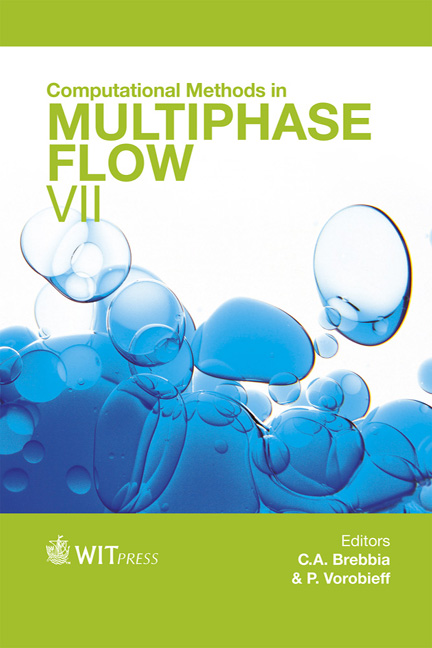Pore-scale Observation Of Surfactant Flooding For Weekly Water-wet Porous Media: The Effect Of Gas Injection To Improve Oil Recovery
Price
Free (open access)
Transaction
Volume
79
Pages
11
Page Range
487 - 497
Published
2013
Size
1,577 kb
Paper DOI
10.2495/MPF130401
Copyright
WIT Press
Author(s)
T. Suekane & R. Tezuka
Abstract
Surfactant flooding is one of the effective methods to produce trapped oil after water flooding. Surfactant is injected into reservoirs to reduce the interfacial tension between the trapped oil and water. However, at the pore scale, the mechanism of how the injected surfactant reaches the interface through the stagnant water adjacent to the interface has not been completely explained yet. This research provides new insights into the transport phenomena of multiphase flow in porous media using two-dimensional micro-model curved on a quartz glass plate. When the surfactant is injected after water flooding, stagnant water which extends a few pores from the interface, hampers the arrival of the surfactant. It is found that gas injection before the surfactant flooding increases the oil recovery with reducing amount of injected surfactant. Injected gas flows through the water and there is no direct effect on oil production. However, during the successive surfactant flooding, the gas bubbles are trapped in porous media which changes the flow of surfactant to reach the interface of the trapped oil. Keywords: surfactant flooding, enhanced oil recovery, porous plate, gas injection, oil trapping
Keywords
Keywords: surfactant flooding, enhanced oil recovery, porous plate, gas injection, oil trapping





